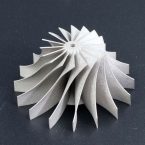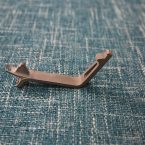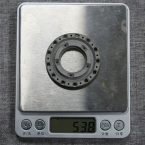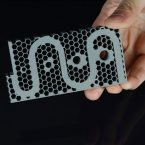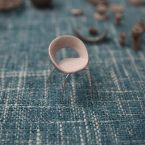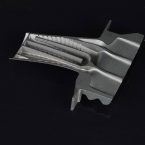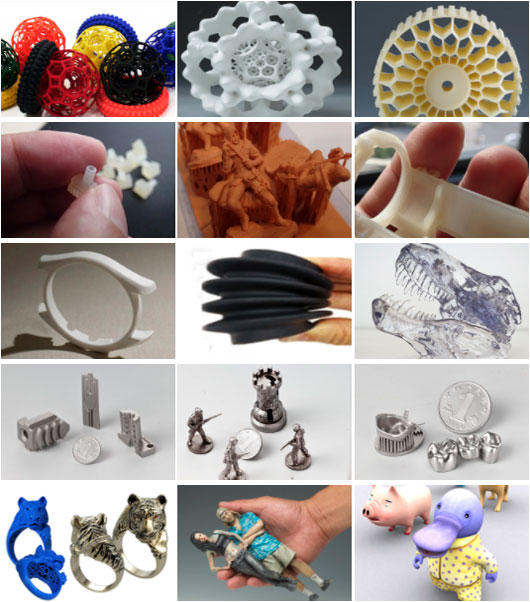Guide
- How to Calculate 3D Printing Price (SLS, SLA, SLM, MJF, FDM, ETC.,)
- Anodizing vs. Painting: An In-depth Analysis
- 9 Types of 3D Printed Metal Copper Techniques
- 3D Printing Materials and How to Choose the Right One?
- What Is Micro Manufacturing Technology
- Wire 3D Printing: Process, Filament, Printer and Features
- Uncover The Mystery Of CNC Machining
- Huazhong University of Science and Technology has made new breakthroughs in ultrafast laser 3D printing of fine and complex semiconductor micro-nano structures
- In 2025, there will be more than 600 metal 3D printing equipment serving China’s aerospace and other fields
- Looking at the development trend of 3D printing from Formnext 2021
- 3D printed prototype silica gel molds, realizing small batch production of industrial products
- Global architectural 3D printing inventory, no need to move bricks to build a house
- The latest application cases of 3D printing in aviation
- 3D printing everything? Japanese media: Printable buildings, parts, organs and even food…
- 3D printing provides emergency production of anti-epidemic products, global anti-epidemic
Case Studies

3D Printing Prototype Parts
3D printing is one-time molding, without considering any fixture design and mold making, it can complete more complex structural modeling in the process, save material costs, shorten the cycle, and enter the market faster.
What is Rapid Prototyping? - 3D Printing In Rapid Prototyping Field
Rapid prototyping technology is a new type of comprehensive manufacturing technology involving multiple disciplines. After the 1980s, with the application of computer-aided design, product modeling and design capabilities have been greatly improved. However, after product design is completed and before mass production, samples must be produced to express design ideas and quickly obtain product design feedback information. And evaluate and demonstrate the feasibility of product design. In today's increasingly fierce market competition, time is benefit. In order to improve product market competitiveness, the entire process from product development to mass production is urgently required to reduce costs and increase speed. The emergence of rapid prototyping technology has provided an effective way to solve this problem, which has attracted much attention at home and abroad.
The production of modern industrial design products requires prototype proofing. 80% of the production cost of the product is determined in the design phase. The design phase is an important part of controlling product costs. The verification of the design phase requires prototype proofing. Now many companies have prototype proofing. It was done by choosing 3D printing.
China Leading Rapid Prototyping Services – 3D Printing Prototype Manufacturing
Table of Contents
Why Choose 3d-printing-china.com Rapid Prototyping Service
3D printing is the most popular rapid prototyping process, 3D printing rapid prototyping service only takes a short time to make the final parts, with high design freedom and suitable for low volume production due to affordability. Common 3D printing techniques used for prototyping are FDM, SLA, SLS, SLM, etc., the selection of prototyping techniques depends on the type of materials and requirements.PTJ meets or exceeds the quality standards of the world’s most demanding industries with our state of the art equipment and quality standards. Our precision and productivity is made possible by our ultimate success factor: the presence of skillful, knowledgeable PTJ experts in rapid prototyping and more additive manufacturing parts.
- No minimum order quantity
- Metal or plastic 3D printed prototype and production parts in 7-10 days
- Precision custom 3D printing parts at affordable prices
- Online free quote in the shortest time
- Single prototypes or complex shapes are both allowed
- A wide selection of metal or plastic materials
- Commercial and industrial-grade 3D printers
- Cooperative supplier assistance project
- Provide a quick solution for small batches of complex prototypes
- Provide a quick solution for small batches of complex prototypes
- We provide with our partner
- 3D printing services for metals and plastics
- Meet the rapid needs of complex prototype designers
The 3D Printing Application Of Product Design And Prototype Development
In recent years, the application trend of 3D printing in product design and prototype development has become more and more obvious. We have seen 3D printing more or less in the fields of industrial packaging, automobiles, lamps, and aerospace manufacturing that we are familiar with. With the continuous deepening of industry applications, the application of 3D printing is certainly not limited to this. In the future, the 3D printing industry will gradually become a weapon for product development in all walks of life.
Prototype Design Development Verification
After the rise of the 3D printing industry, many designers and producers began to choose to use 3D printing to replace traditional industrial product manufacturing processes. The reason why 3D printing can be accepted and favored by design producers is naturally inseparable from the cost and time it can save.
A product needs to go through countless tests from pre-conception, design and development, testing to final production. Traditional hand-board production and mold-opening production use Chevron board laser engraving, CNC processing, etc. The cycle is relatively long, and a lot of waste will be generated in the production process. If the process is more complicated, the manufacturing process will be technically difficult and spend more time.
The 3D printing technology can be formed at one time without any need to consider any fixture design molds. In terms of technology, more complex structural modeling can be completed, saving material costs, shortening the cycle, and entering the market faster. Most importantly, it is more suitable for small batches of customized products.
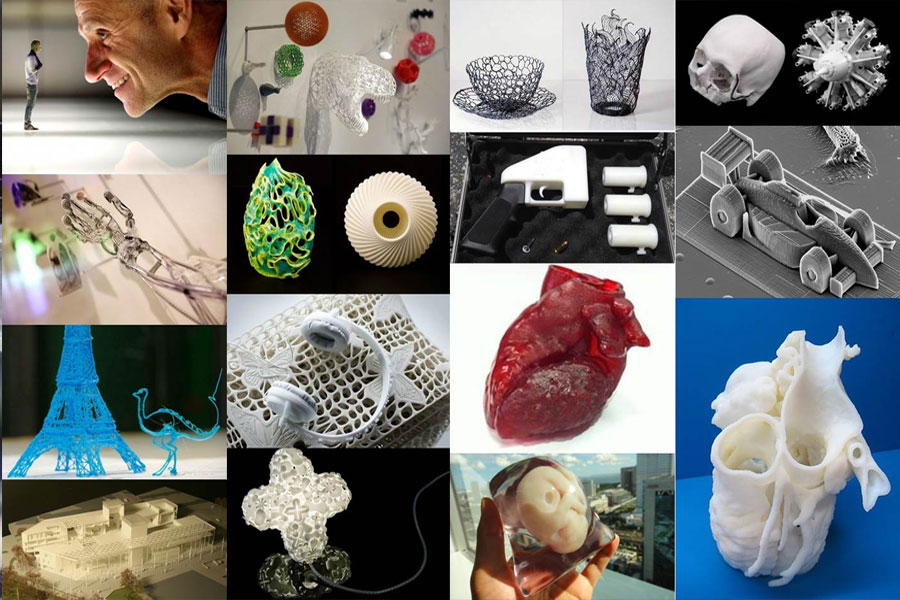
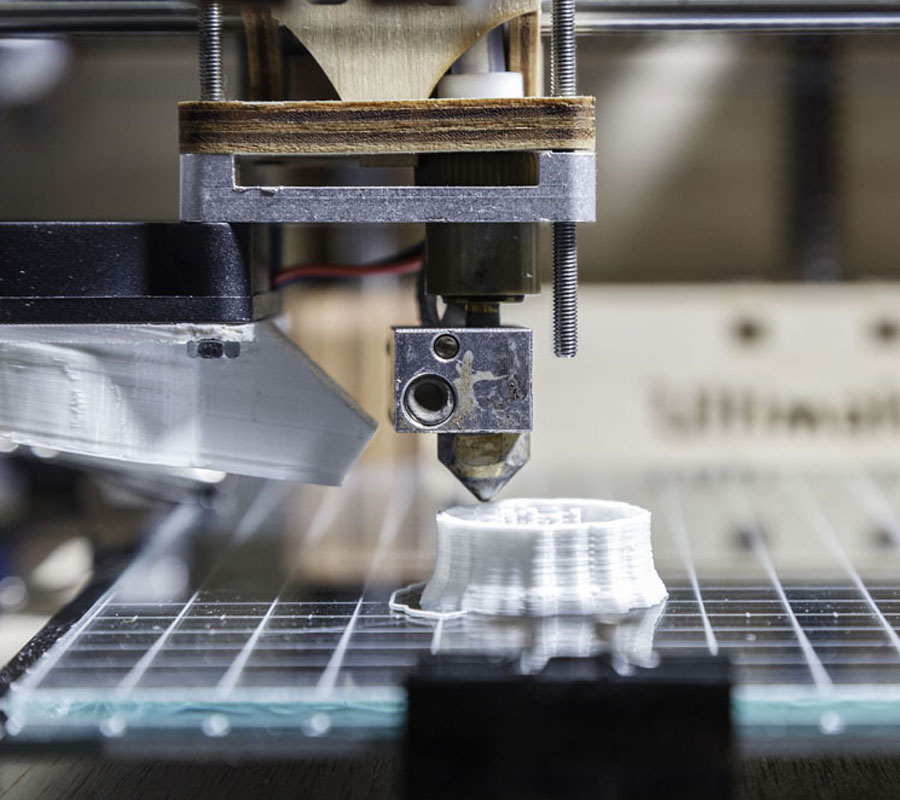
The Application Of 3D Printing Prototype Parts
In many product development designs, there is no shortage of solutions that directly use 3D printing when designing and developing parts, which means that 3D printing parts are directly used on products in production. Generally considered to use 3D printed parts are mostly parts that have low load-bearing requirements, complex original design structures, special requirements in function or large sizes, and traditional equipment cannot be completed.
In communication with many designers, I learned that in many cases, manufacturing costs, weight issues, and R&D production cycles need to be considered in development and design. In this case, 3D printing has become the best choice.
In addition to metal and light curing printing, the industrial development of FDM will also become a trend. Although FDM has some limitations in accuracy and endurance, many designers now use it for design and development, especially in college experiments.
The application of 3D printing technology assists in solving some of the technical problems faced by traditional craftsmanship. Whether it is a test or direct use, 3D printing, as a new supplementary method, has effectively optimized the product development process.
We cannot deny that 3D printing has made significant progress in product development and application, but it is still limited by material performance in many areas. More improvements and the development of more materials will make the application of 3D printing in product design and prototype development more and more in-depth.
The 3D Printing Methods Of Rapid Prototyping
1. Design optimization and discussion
The appearance of artwork focuses on people’s direct aesthetic feelings, and there are often no rules to follow. It is difficult to find regular geometric elements. If you directly perform computer three-dimensional drawing, it will be twice the result with half the effort. If the actual product is printed by 3D, it can be Greatly improve design efficiency.
2. Function Test
The production of the prototype model can do certain functional tests, and can simulate the final form of the product, including functional form, curved surface form, etc. The model production can allow the designer to dynamically simulate the model and obtain the most intuitive understanding of the internal structure.
3. Reduce Costs
It is very important to find the defects in the product design process in time in the early stage of product design and correct them in time to avoid subsequent production problems. Among them, model making is an important link that we can use. Through the production of prototype models, products can be obtained at a lower cost. The final form, size, structure, color or ergonomics test is an effective means of enterprise cost control.
4. 3D Printing Advantages
It only takes a few hours to tens of hours to complete the manufacture of a set or several sets of prototypes, and the product development cycle can be shortened by more than 40%. It does not require machining, turning or opening molds, and can be printed directly and quickly. Prototype parts greatly reduce the cost of product research and development, and can process various complex curved surfaces and special-shaped structures in one time.
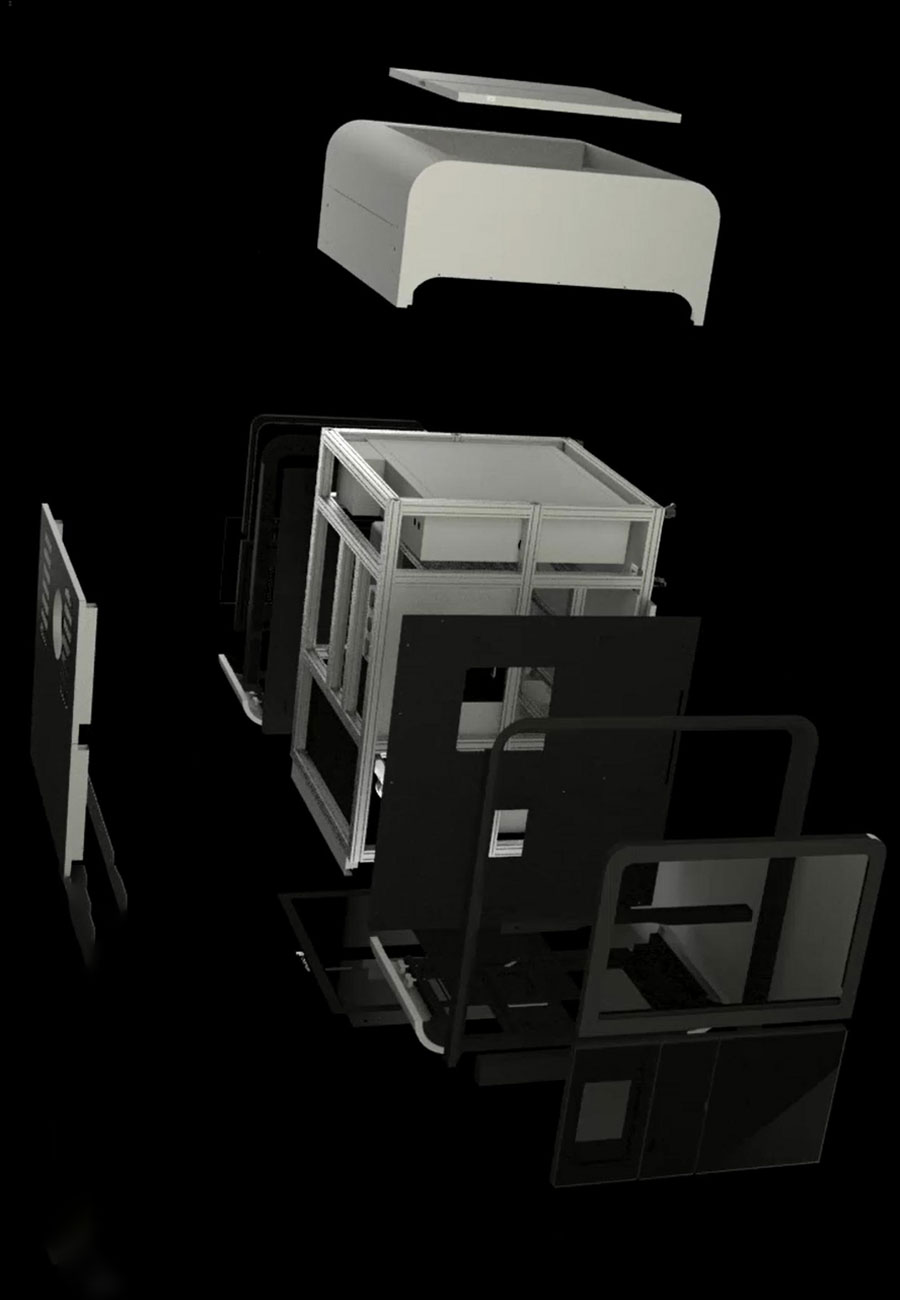
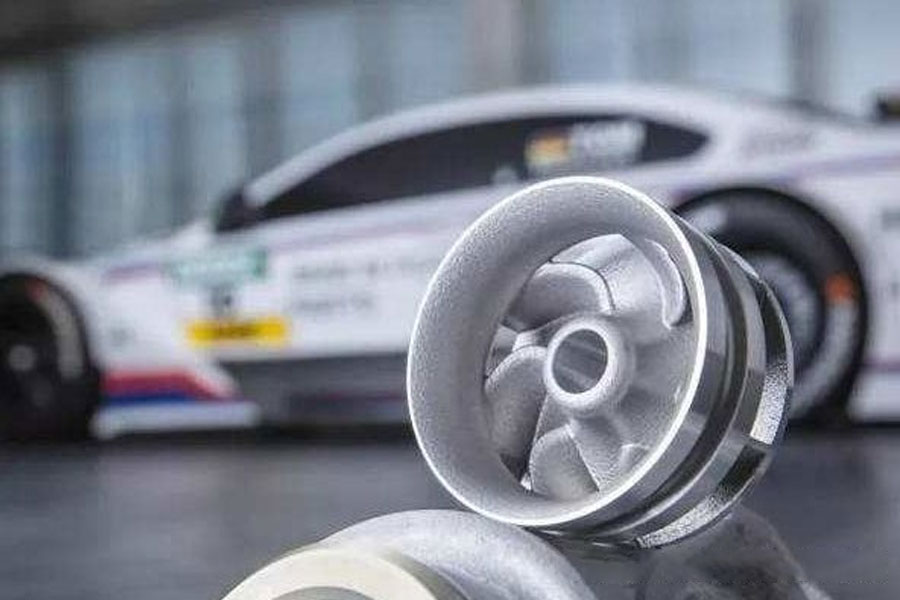
3D Printed Prototypes For Racing Cars
The CanHan team has a glorious history of more than 20 years in the racing industry. In the field of racing, time is the most critical factor. They are committed to continuously improving the optimization of racing parts and trying to continuously speed up the speed of wheel replacement. Thanks to PTJ’s 3D printing and Rapid Prototyping services, their work efficiency has become even higher. From early product design verification to prototyping, compared to traditional manufacturing processes, 3D printed parts now only take one day. This is the absolutely most important aspect of the CanHan team’s work. If you want to win the game, you must be the fastest, and 3D printing is exactly the innovation they need.
3D Printed Prototypes For Glasses
Another industry that benefits from 3D printing is the glasses industry. 3D printing provides new possibilities for material selection, and can produce high-precision 3D printed prototypes, and can be quickly tested at any time. Similarly, 3D printing prototype production cycle is short, which speeds up the entire production process. 3D printers are not only suitable for prototyping glasses, but also for actual small batch customized production.
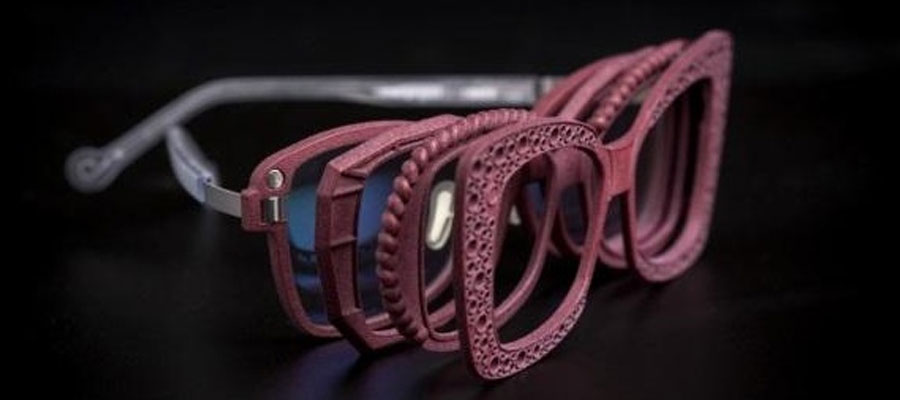
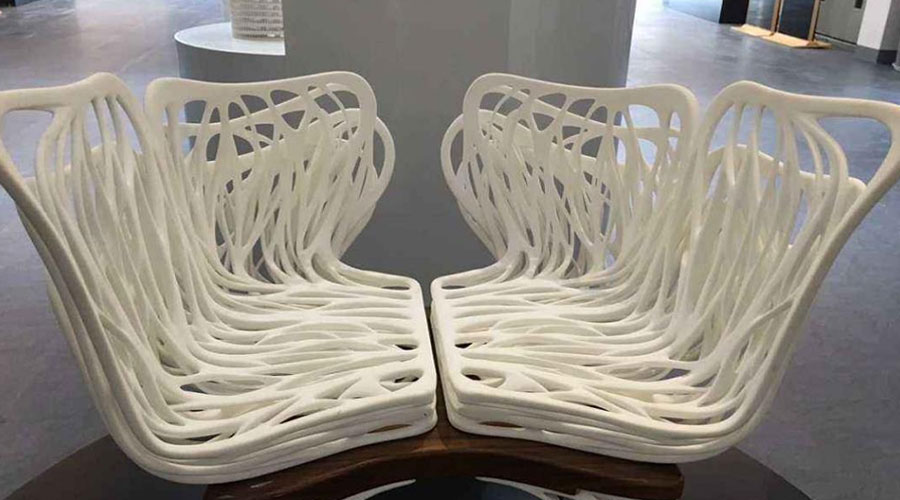
3D Printed Prototypes For Full-Size Furniture
At present, there are many cases of using 3D printers to build houses or building models on the Internet, but many people do not know that in the field of furniture design, 3D printing is also developing rapidly. With the help of 3D printers, furniture designers can produce fully functional furniture prototypes and visualization models in a short period of time, and then perform functional tests on the final solution of the final product and continue to iterate.
For example: chair. It must not only be comfortable, but also consider the correct height, width, weight, and material. These are just basic requirements. You can see that 3D printing is essential from the prototyping stage to ensuring the correctness of the final product.
3D Printed Prototypes For Bridge
We already know that 3D printing bridges is entirely possible. Gdansk University in Poland decided to apply 3D printers to the design of new concept bridges. In the short term, a 3D printer can be used to create a visual model, which allows designers to clearly understand which bridge structure is the best. At the same time, the designed bridge is scaled down for 3D printing, and the maximum load and stress range that the actual bridge can withstand is judged through functional tests.
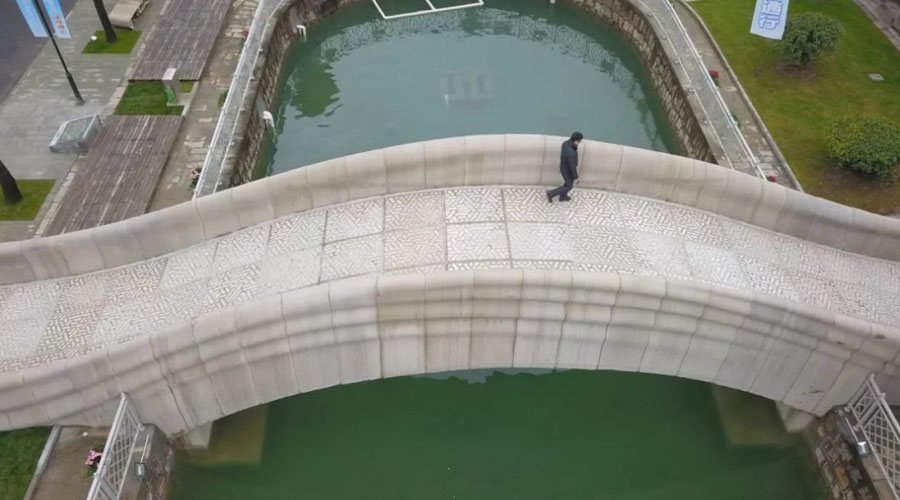
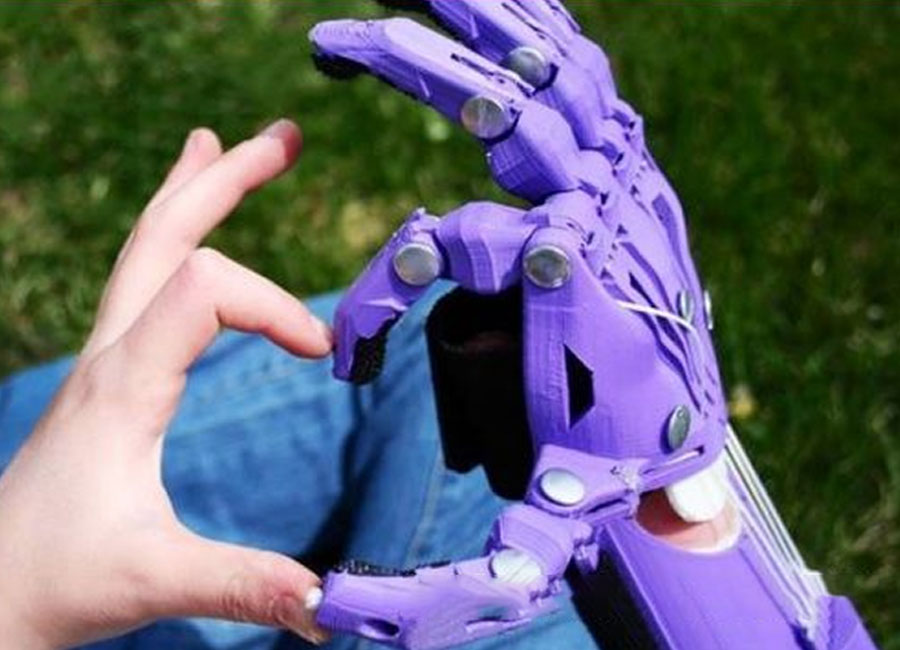
3D Printed Prototypes Parts For Prosthetic Arm Prototype
3D printing has many applications in the medical industry. From 3D printed skin or bones to drug testing. Another amazing use is to 3D print prototypes of different prostheses. Bionic design is definitely a challenge, but 3D printers are improving the quality of life in ways we can’t imagine. There are many things to consider, such as how to install the motor and how to allow the patient to operate the manipulator. 3D printing prototypes can be very fast and cost-effective to iterate prototype products, and can quickly test different design solutions.
In addition, due to the additive manufacturing technology, the prosthesis can be highly customized to fully match the needs of the patient, which is very necessary. Obtain the most accurate limb images through 3D scanning, and optimize the data, so that the 3D printed prosthesis can be perfectly installed on the human body without causing any discomfort to the patient.
3d-printing-china.com Prototype Case Studies
3d Printing Metal Turbine
Custom manufacturer offering design/engineering, prototyping and fabrication services for Metal Turbine. Designs circuits, PCB layouts, firmware and ...
Copper 360 Material Parts By 3D Printing
Provides 3D Printing Copper 360 services. Capabilities include CAD modeling, retrofit, replication, tool making and packaging and container design. ...
3D Printed Metal Rings And Precision Sleeves
Rapid prototyping and 3D printing of Metal Rings And Precision Sleeves. Program management, 2D/3D CAD modeling, designing, supply chain management, ...
3D Printing Complicated Superalloy Parts
In recent years, the use of laser beams and electron beams to “print” engineering objects has achieved complex shapes that cannot be achieved by ...
3D Printing Stainless Steel Chair
Custom 3D Printing manufacturer of Stainless Steel Chair Model. Capabilities include precision machining, fabrication, prototyping, assembly, ...
Metal 3D Printing Mold Steel Parts
Form study, Mold Steel Parts,functional, large scale, proof of principle, scale model and visual rapid prototyping and 3d printing services. Works ...
PTJ offers online 3D printing services for china rapid prototyping and production of non-metal and metal 3D printed parts at affordable prices.
- * Supports drawing uploads in file formats “.pdf”, “.jpg”, and “.png”.
- * Supports file uploading and loading of 3D (3D) CAD data “.igs” and “.step”.
- * Supports file uploading of two-dimensional (2D) CAD data “.dxf” and “.dwg”.
- PC
- ST-130
- PA 2200
- CoCrMo
- PA 3200 GF
- ABS M30
- Ceramic
- POM-like
- ULTEMTM 9085
- Paraffin Material
- Polyphenylsulfone
- Polyetheretherketone
- Soft Rubber Material
- Aluminum Filled Nylon
- High Ultra-Fine Plastic
- Mold Steel MS1
- NickelAlloy IN718
- Titanium Alloy Ti64
- White Photosensitive Resin
- Black Photosensitive Resin
- Transparent Photosensitive Resin
- Full Color Photosensitive Resin
- Micro-nano Material
- High Ultra-Fine Plastic
- Full-Color Gypsum Composite Material
GET IN TOUCH OR GET A QUOTE
PTJ 3D Printing
Mobile WhatsApp WeChat:
+86 8288 6112
+86 152 1709 1354
Email: [email protected]
Address: Dongguan City, Guangdong Province, China.
